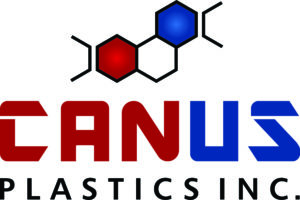Polyvinyl Chloride (PVC) is a major plastics material which finds widespread use in building, transport, packaging, electrical/electronic and healthcare applications. Overall, it is the 3rd most used plastic globally across all applications and industries. Unlike other thermoplastics which are entirely derived from oil, PVC is manufactured from two starting materials: 57% from common salt, and 43% from hydrocarbons (oil, natural gas and increasingly ethylene from food crops like sugar and corn).
PVC is a very durable and long-lasting material which can be rigid or made flexible with plasticizers, and can come in black, white and any color in between (including transparent). Its greatest characteristic is that it is compatible with many additives which in turn make it versatile, particularly with regards to being resistant to fire, electricity and weather.
Weaknesses of PVC are few but include a tendency to degrade when exposed for long periods to UV light, prolonged heat and certain chemicals. Additives can help combat these issues as is the case with Chlorinated Polyvinyl Chloride or CPVC.
PVC is favorable for manufacturing and processing involving:
- Injection Moulding
- ThermoForming
- Vacuum Forming
- CNC Machining
- General Machining
- Welding
- Adhesives
- Extrusions
PVC uses range from window frames, pipe, medical devices, wire insulation, membranes, automotive interiors, flooring, footwear, clothing, synthetic leather and inflatable products where it replaces rubber.

